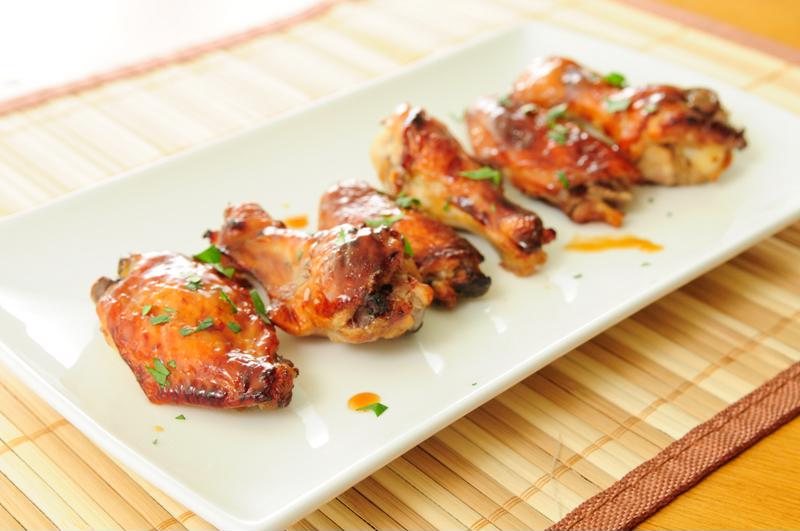Condiments are an afterthought at many restaurants. The staff may set bottles of ketchup and mustard on the table and leave it at that. However, more chefs are realizing that preparing their own condiments can take a great dish to the next level, perfectly complementing the flavors of the main course.
If you’re working toward a culinary arts certificate online, it’s time to start thinking about how the right sauces can make the difference in creating an extraordinary meal. With a little inspiration and experimentation, you may find ideas that will set your cooking apart. Here are some ways you can get started crafting the ideal condiment for every dish:
Not just the same old ketchup
Ketchup is a reliable topping, ideal for adding a little flavor to a plate of fast food french fries. When chefs make their own version, though, they can bring new dimensions to that classic tomato taste. One option is mixing in a little spice by making a curry ketchup.
“Mix in a little spice by making a curry ketchup.”
Joy the Baker provided a recipe that begins with sauteing onions in olive oil over a medium heat for about six minutes. Add minced garlic to the saucepan and cook another minute before stirring in tomato paste, salt, yellow curry, ground mustard, paprika, cloves, allspice and crushed red pepper flakes. After a minute, mix in a can of crushed tomatoes, brown sugar, and apple cider vinegar.
Simmer for about 45 minutes, stirring occasionally. Watch for the mixture to thicken, and then remove from heat. Use a blender to smooth out the ketchup, before straining it to remove any seeds. Pour the sauce into glass bottles and store in the refrigerator.
Magnificent mustard
A quality mustard can make a simple sausage or hot dog a memorable dish, especially when you make your own. Alton Brown suggested an easy method that requires placing a quarter cup of dried mustard powder, salt, brown sugar, turmeric, garlic powder and paprika in a microwaveable bowl. In a different bowl, mix sweet pickle juice, cider vinegar and water.
Use a spice grinder to prepare a quarter cup of mustard seeds. In the microwave-safe bowl, whisk the ground seeds together with both the dry and wet ingredients. Heat the bowl in a microwave for a minute, and puree the mixture. Place the mustard in a glass jar to cool.
Learning the barbecue basics
As any Texas culinary arts fan knows, a good barbecue establishment prides itself on the way its sauces bring out the best flavor in an assortment of slow-cooked meat. With a few tips, you can begin to create sauces that fit your dishes just as effectively. Bon Appetit explained that the basic formula consists of a tomato base, salt, sweet ingredients, spices, smoky flavoring and an acidic note.
There are endless ways to customize barbecue sauce, but Serious Eats offered quick directions to get started. In a nonreactive saucepan, combine ketchup, cider vinegar, Worcestershire sauce, brown sugar, molasses, yellow mustard, hot sauce, black pepper and a barbecue rub. The rub should include ingredients like paprika, salt, black pepper, cayenne, celery seeds, and garlic and onion powder.
Bring the mixture to a boil before setting the heat to medium-low and simmering for 10 to 15 minutes. The sauce should thicken and have a dark color. When it’s ready, transfer to a glass container and refrigerate.
 Bring some heat to your dishes with homemade hot sauce.
Bring some heat to your dishes with homemade hot sauce.Turning on the heat
If you enjoy your food with extra kick, you owe it to yourself to try your hand at crafting a batch of hot sauce. While there are countless regional variations for your to choose from, Food & Wine gave some guidance for beginners who are interested in a Cajun-inspired Louisiana hot sauce.
First, place 10 ounces of chilies, like cayenne or serrano, in a saucepan with water, salt, and chopped onion and garlic. Heat to a boil and then simmer for up to 20 minutes. When the vegetables become tender, let the mixture cool off.
Pour into a blender along with distilled white vinegar and puree. Season with Kosher salt and store in a jar.
Making your own condiments allows you to create the perfect flavor combinations for every dish. If you’re attending culinary academy, you should try preparing a variety of sauces for dipping, marinating or topping your food.


